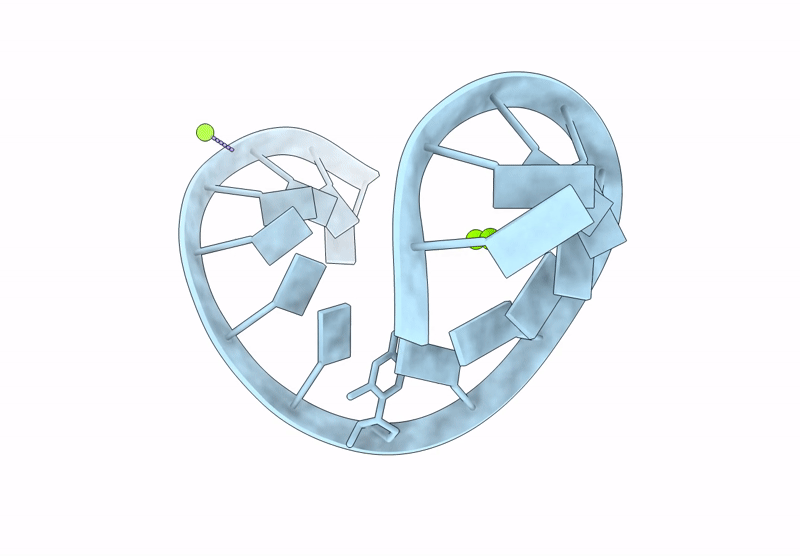
Deposition Date
2024-12-05
Release Date
2025-05-14
Last Version Date
2025-05-28
Method Details:
Experimental Method:
Resolution:
1.36 Å
R-Value Free:
0.21
R-Value Work:
0.18
Space Group:
H 3 2


